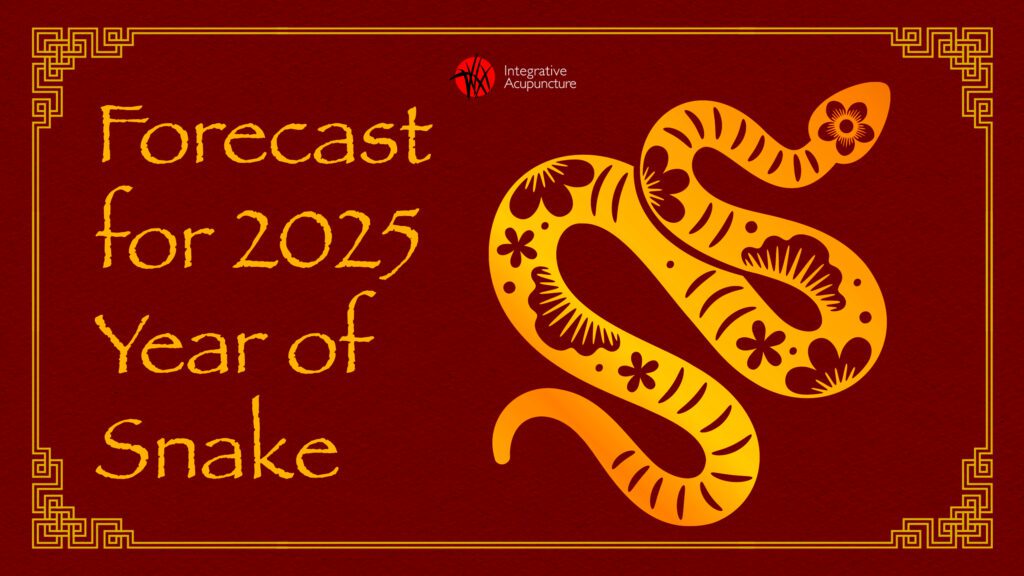Type II Diabetes and Acupuncture, Traditional Chinese Medicine
Complications from diabetes mellitus affect millions of Americans. By using acupuncture for diabetes management along with herbal formulas, you may stave off some of the devastating effects of this disease.
There are three basic symptoms closely associated with diabetes. These symptoms are frequent urination, great thirst, and excessive hunger. The name in Traditional Chinese Medicine for these three symptoms is Xiao ke, or wasting-thirst disease. These symptoms do not necessarily indicate that one has diabetes, however, they are simply an indicator in a rather extensive history and diagnosis. Other symptoms include weight gain, weight loss, fatigue and numbness of the extremities due to high blood sugar.
Insulin lowers the amount of sugar in the bloodstream and makes it possible for cells to take in glucose. Glucose is energy for cells and fuel for the brain. When there is too much glucose in the blood, it means there is not enough insulin and the cells are not receiving the glucose. Complications from diabetes include eye, foot, skin, heart and kidney problems.
In Traditional Chinese Medicine
Xiao ke divides into the upper, middle, and lower parts of the body. For the upper body, the lungs are affected. This is where the excessive thirst and dryness becomes manifested. The middle section of the body is the stomach, where the great hunger arises. Finally, the kidneys in the lower part of the body, are symptomatic with frequent urination, or polyuria. As stated above, these symptoms are symptomatic of the Chinese medical diagnosis of xiao ke. With this being said, to diagnose diabetes one needs to check the blood sugar. If it is abnormally high, only then is it diagnosed as diabetes specifically.
According to Traditional Chinese Medicine, Xiao ke is an internal heat consuming fluids and affecting the lung, stomach and kidneys and is a yin deficiency. A deficiency of yin means more dryness and heat. Further, a deficiency of yin makes yang more dominant. The body is continually trying to achieve balance between the yin and yang.
An example of a treatment protocol:
Recommending an herbal formula containing herbs that moisten, clear heat and dry mucus. Paramount to the treatment would be a lifestyle change to your diet to include more cooling foods to nourish the yin. In addition to changing your diet, you should incorporate a gentle exercise such as qi gong or tai chi. Exercise lowers blood sugar by moving sugar into the cells for extra energy. Additionally, acupuncture and moxibustion (heated mugwort) adds energy movement in the body, increases circulation and fortifies affected organs.
Risk Factors
Risk factors for diabetes include obesity, insulin resistance, ethnicity, gestational diabetes and age. Check with your doctor if you have high blood sugar and get an official diagnosis before undertaking any new health care regimens. We do not recommend to self-diagnose and take herbs without consulting a qualified professional.
Food for Type 2 Diabetes 
When diagnosed with type 2 diabetes it is imperative to watch your diet. Eating a healthy and balanced diet can greatly improve your way of life, and help you avoid potential health complications. Those with type 2 diabetes know it can be hard to create a healthy diet just right for their constitution. But if you focus on obtaining a balanced amount of healthy carbs, fats, sugars and salts, then you can live a more active and vibrant life.
Here is a list of food tips every person should consider adding to their diet, regardless of type 2 diabetes diagnosis.
- Focus on the fiber – Fresh fruits and vegetables are a must for every healthy diet. Incorporate these into your diet to promote healthy blood pressure and promote circulation
- Healthy fats are important – Limit your amount of trans and saturated fats, choose lean cuts of meat, low-fat cheeses and milk
- Less is more – Use little amounts of salt in your cooking. You can still make your food delicious without dousing it with heavy amounts of salt.
- Carbs with a purpose – Healthy carbs are good carbs. Make sure to stock your diet full of healthy carbohydrates such as cereals, nuts and whole grains.





